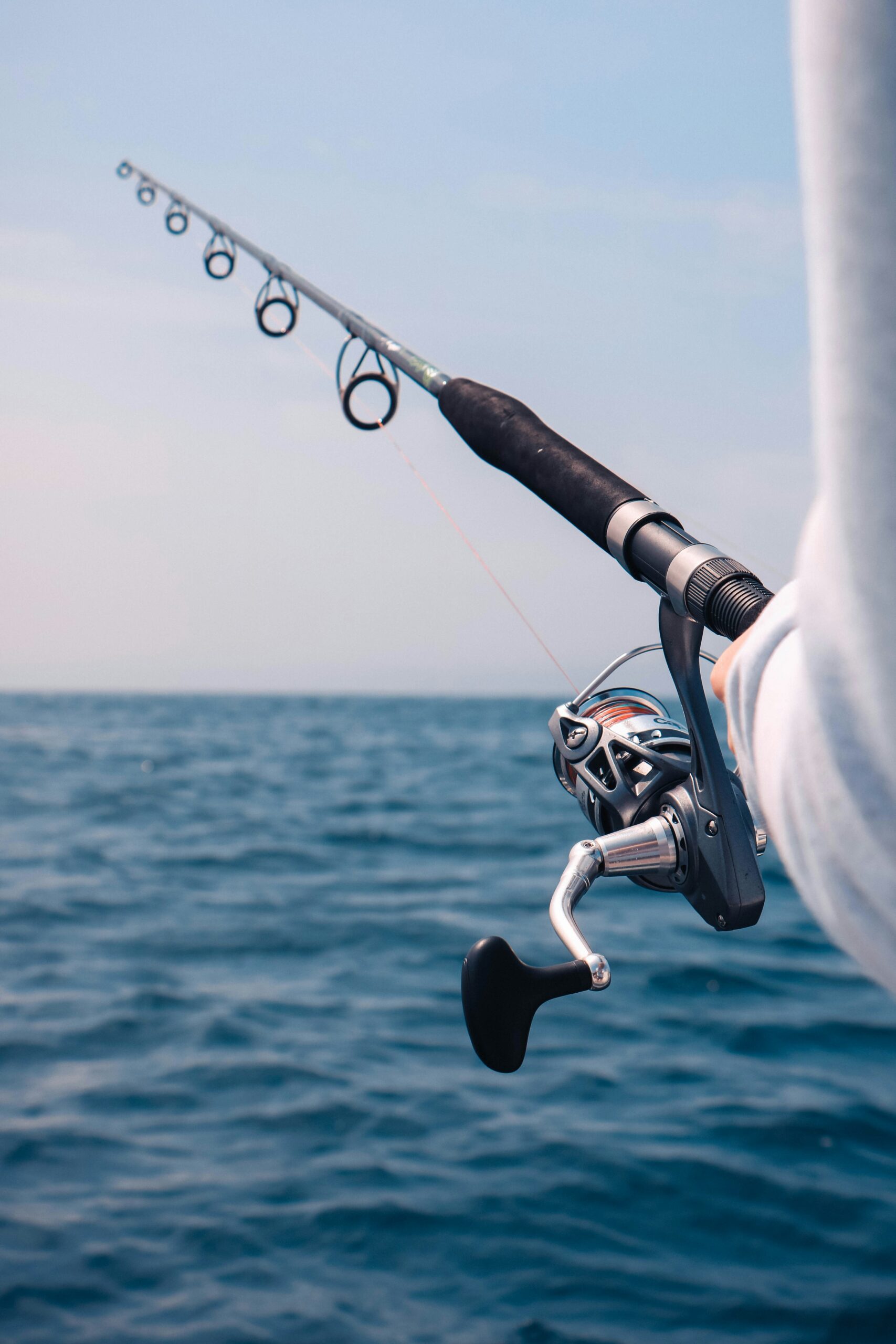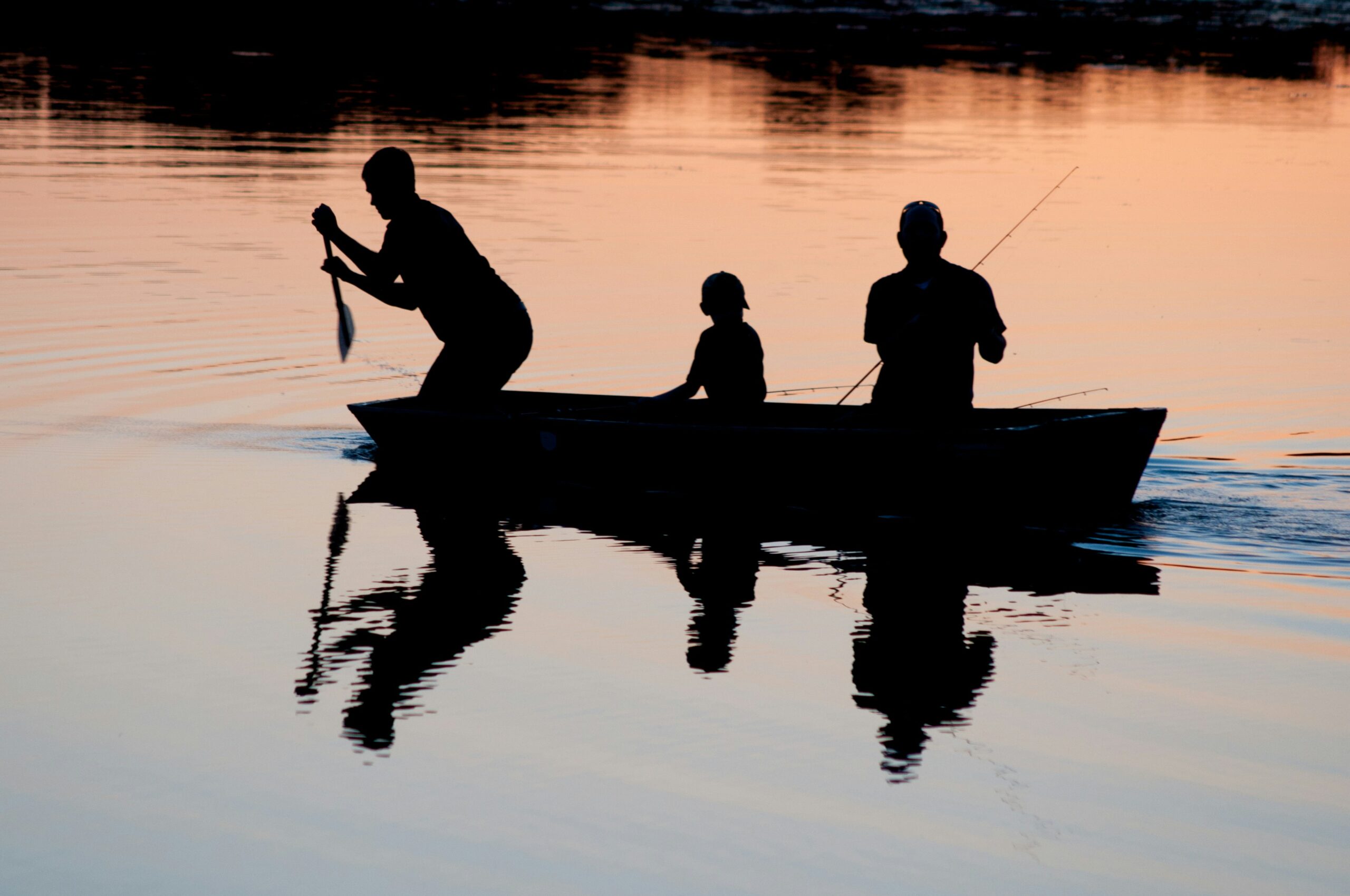You’re heading out for a fishing trip and wondering if your trusty camouflage clothing is suitable year-round. When it comes to fishing, wearing camouflage can be quite effective in blending into your environment, regardless of the season. Whether it’s the vibrant greens of spring and summer or the muted tones of fall and winter, the right camouflage gear can help you stay hidden from fish and enhance your chances of a good catch. This article delves into the practicality and benefits of using camouflage clothing for fishing throughout the year, helping you make an informed choice on your next outdoor adventure.
Can I Wear Camouflage Clothing During All Seasons For Fishing?
Hey there, fellow angler! Have you ever found yourself pondering the question: “Can I wear camouflage clothing during all seasons for fishing?” If you have, you’re not alone. Many anglers wonder whether their camo gear is suitable for spring, summer, fall, and winter fishing trips. Let’s dive into this topic and break down everything you need to know about wearing camouflage clothing throughout the year.

Understanding Camouflage Clothing and Its Purpose
Before we delve into the seasonal specifics, let’s first understand why camouflage clothing is popular among anglers. Camouflage clothing is designed to help you blend into your surroundings, making it harder for fish to detect your presence. This can give you an edge, especially when dealing with species that are highly alert and sensitive to movement.
However, the effectiveness of camouflage can vary depending on a number of factors, such as the type of water you are fishing in, the clarity of the water, and even the behaviors of the specific fish species you are targeting.
The Impact of Seasonal Changes on Fishing Conditions
Fishing conditions can change dramatically from one season to another. Factors like temperature, water levels, and fish behavior all play a role in your fishing success. Understanding these changes can help you decide whether wearing camouflage clothing is beneficial during each season.
Spring Fishing
Spring is a magical time for fishing. The waters start to warm up, and fish become more active after the cold winter months. But what about your clothing choice?
Advantages of Camouflage in Spring
- Fish are often closer to the shore, making it easier for them to spot you.
- Vegetation begins to grow, providing ample cover that you can blend into.
- Varied weather conditions mean you might be fishing in a variety of environments, from murky waters to clear streams.
Disadvantages of Camouflage in Spring
- Camouflage clothing can sometimes be too heavy for the warming temperatures.
- The unpredictable weather might require layers, which can make wearing camo less practical.
Summer Fishing
Summer is synonymous with sunny days and warm waters. The environment is quite different from spring, so how does camouflage fit into the picture?
Advantages of Camouflage in Summer
- Dense vegetation provides excellent cover for camo to be effective.
- Fish are often near the surface, where they are more likely to notice you.
- The consistent environment makes it easier to match your camo to your surroundings.
Disadvantages of Camouflage in Summer
- High temperatures can make traditional camo clothing uncomfortable.
- Light-weight materials might not provide the same breathability as some modern fishing gear.
Fall Fishing
As the weather starts to cool, fall offers a unique fishing experience. But does camo clothing hold up in these conditions?
Advantages of Camouflage in Fall
- The changing colors of the foliage make it easier to find camo patterns that blend well.
- Fish are preparing for winter and can be more cautious, making stealth important.
- Cooler temperatures allow for heavier camo clothing to be worn comfortably.
Disadvantages of Camouflage in Fall
- Weather can be very unpredictable, from warm afternoons to freezing mornings.
- Layering becomes essential, which can affect the camouflage effect.
Winter Fishing
Winter fishing is not for the faint of heart. The cold temperatures and ice-covered waters pose their own set of challenges.
Advantages of Camouflage in Winter
- Snowy and barren landscapes can make for excellent camouflage opportunities.
- Fish are less active and more likely to be spooked, so staying hidden is crucial.
- Heavier camo clothing is perfect for keeping you warm.
Disadvantages of Camouflage in Winter
- Layers of heavy clothing can restrict movement.
- Limited vegetation means fewer places for camo to be effective.
Choosing the Right Camouflage Patterns for Each Season
Now that we understand the advantages and disadvantages of wearing camouflage clothing during different seasons, let’s talk about choosing the right patterns.
Spring Patterns
Spring is characterized by new growth and varied landscapes, so you’ll want to choose patterns that mimic early vegetation and budding colors.
| Pattern Type | Description | Best For |
|---|---|---|
| Early Vegetation | Green and light browns | Mixed environments |
| Woodland | Dark greens and browns | Forested areas |
| Marsh | Mixture of greens and yellows | Wetland areas |
Summer Patterns
For summer, look for patterns that blend into dense, vibrant vegetation and bright surroundings.
| Pattern Type | Description | Best For |
|---|---|---|
| Leafy Green | Vibrant greens | Lush environments |
| Desert Camo | Light browns and yellows | Sandy banks or sparse areas |
| 3D Leaf | Textured, high-contrast | Dense foliage |
Fall Patterns
Fall requires camo that mimics the rich, earthy tones of fallen leaves and bare trees.
| Pattern Type | Description | Best For |
|---|---|---|
| Autumn Woodland | Browns, reds, and yellows | Forests and wooded areas |
| Harvest | Mixture of earth tones | Agricultural areas |
| Bare Branch | Emulates bare trees | Open terrains |
Winter Patterns
Winter necessitates camo with whites, grays, and muted tones that blend into the snow and ice-covered environments.
| Pattern Type | Description | Best For |
|---|---|---|
| Snow Camouflage | Whites and light grays | Snow-patched landscapes |
| Winter Woodland | Darker greys and whites | Barren woods |
| Frost | Textured, semi-abstract | Frosty riverbanks |
Practical Tips for Wearing Camouflage Clothing Across Seasons
Understanding the right patterns is important, but practical considerations can equally influence your choice of camouflage clothing. Here are some practical tips to help you make the most of your camo gear throughout the year.
Consider the Material
The material of your camo clothing can make a huge difference in terms of comfort and effectiveness.
- Spring and Fall: Opt for breathable yet insulating materials like moisture-wicking polyester.
- Summer: Lightweight, UV-protective fabrics are essential. Look for materials that provide ventilation.
- Winter: Heavier, insulated materials like fleece-lined or wool-blend camo gear can keep you warm.
Layering Is Your Friend
Layering is a skill that can help you adapt to changing conditions, especially in transitional seasons like spring and fall.
- Base Layer: Moisture-wicking material to keep sweat off your skin.
- Middle Layer: Insulating layer to retain body heat.
- Outer Layer: Waterproof or windproof layer to protect against the elements.
Headgear and Accessories
Don’t forget about your headgear and other accessories. A camo hat, gloves, and even face paint can provide added concealment.
- Spring and Summer: Lightweight, breathable caps.
- Fall and Winter: Insulated hats and gloves to keep you warm.
Footwear
Your choice of footwear can also impact your camouflage effectiveness and comfort.
- Spring and Fall: Waterproof boots for muddy or wet conditions.
- Summer: Light, breathable wading shoes.
- Winter: Insulated, waterproof boots to keep your feet warm and dry.
Care and Maintenance
Proper care of your camouflage clothing can extend its life and maintain its effectiveness.
- Cleaning: Avoid harsh detergents that can degrade the fabric or its color. Use mild, scent-free detergents.
- Storage: Store in a dark, cool place to prevent fading.
- Repairs: Stitch any tears and reinforce weak spots to maintain the integrity of your gear.

The Role of Environmental Awareness
Being aware of your environment helps you choose the right camo and also enhances your fishing experience.
Water Conditions
Fish behavior can be influenced by water clarity, so adapt your camo choices accordingly.
- Clear Water: Subtle patterns that blend in without causing shadows.
- Murky Water: High-contrast patterns that break up your outline.
Fish Species
Some fish are more sensitive to movement and light than others. Consider this when choosing your camo.
- Predatory Fish: Often more alert and require better concealment.
- Bottom Feeders: Might not be as sensitive to your movements, but blending with the shore is crucial.
Weather Influences
Weather conditions can vary even within a single day, so be prepared to adapt. Cloud cover, sunlight, and wind can all affect how well your camo works.
Personal Preference and Comfort
Ultimately, your comfort and personal preference play a significant role. Wearing camouflage clothing should make you feel confident and comfortable. Here are a few more considerations for you:
Fit and Style
Ensure your camo clothing fits well but allows for freedom of movement. Overly tight clothing can restrict movement, while overly loose clothing might catch on vegetation or gear.
Versatility
If you can’t invest in different camo for each season, look for versatile patterns and materials that can adapt to multiple environments.
Professional Opinions
Seek advice from experienced anglers, guides, or even your local fishing store. They can provide insights tailored to the specific areas and seasons you’ll be fishing in.

Conclusion
So, can you wear camouflage clothing during all seasons for fishing? Absolutely! With the right patterns, materials, and a little bit of environmental awareness, camo can be a valuable addition to your fishing gear year-round. Remember, the key is to stay comfortable, adapt to your surroundings, and maintain your gear properly.
Happy fishing, and may your camo always keep you one step ahead of those clever fish! Tight lines!

